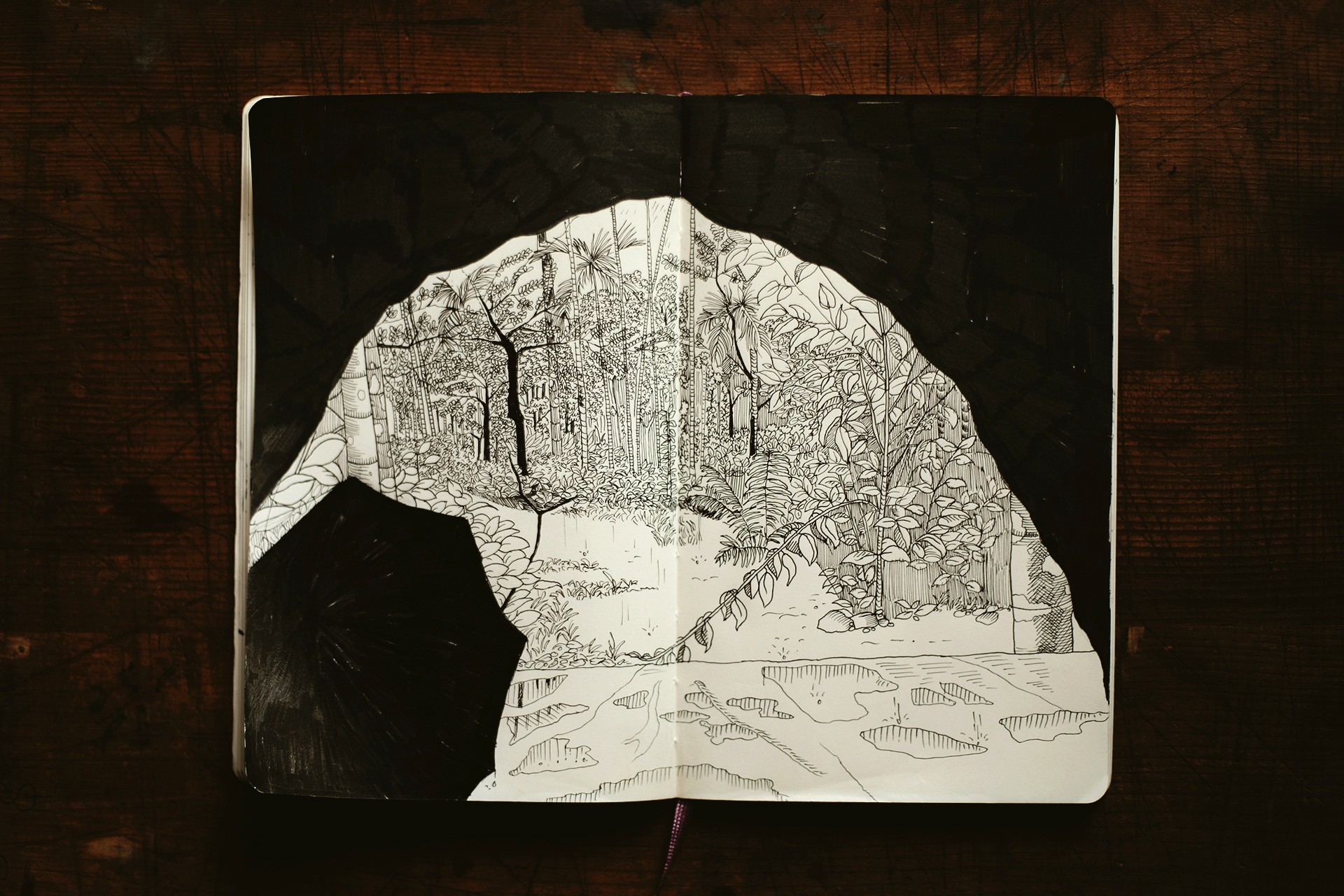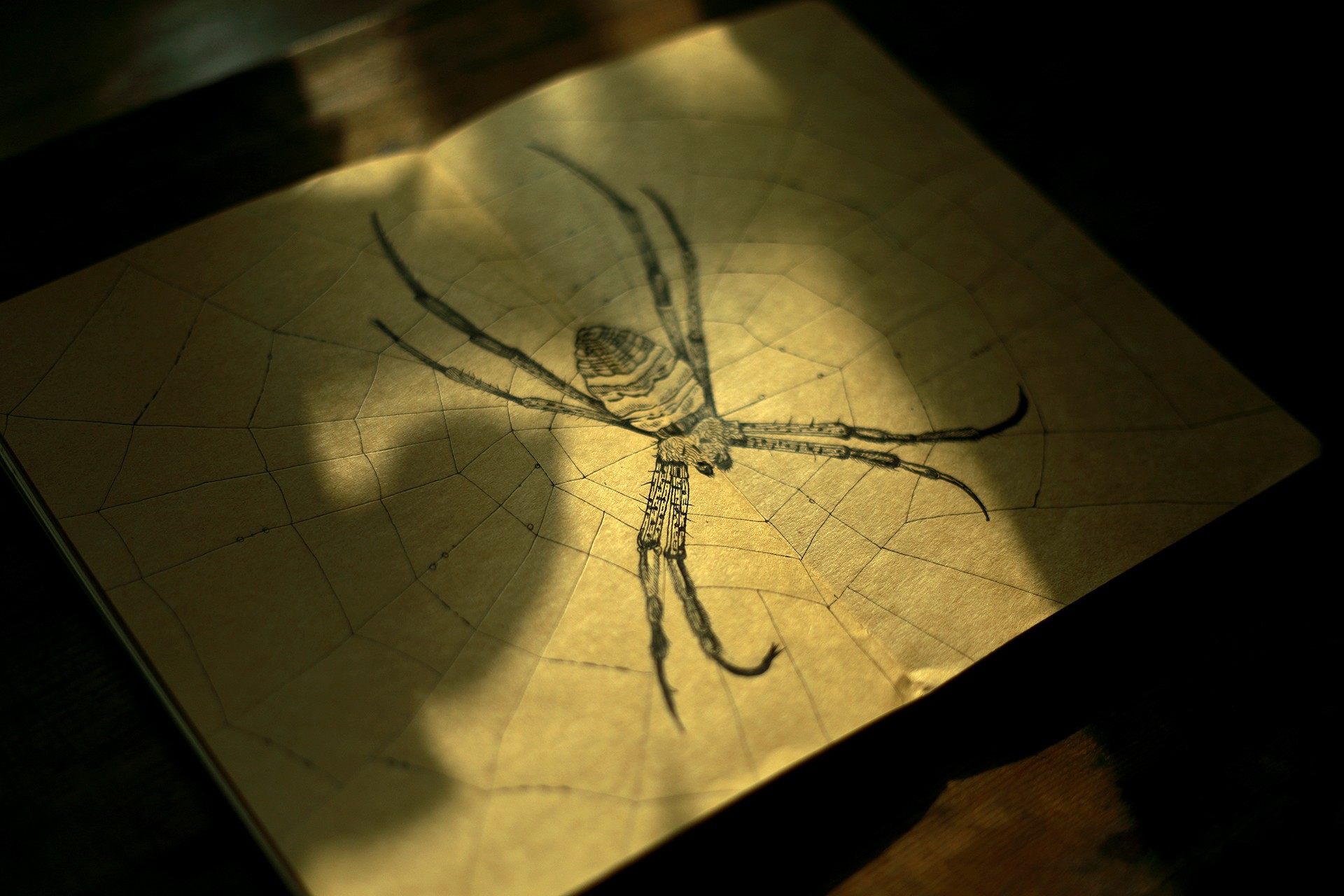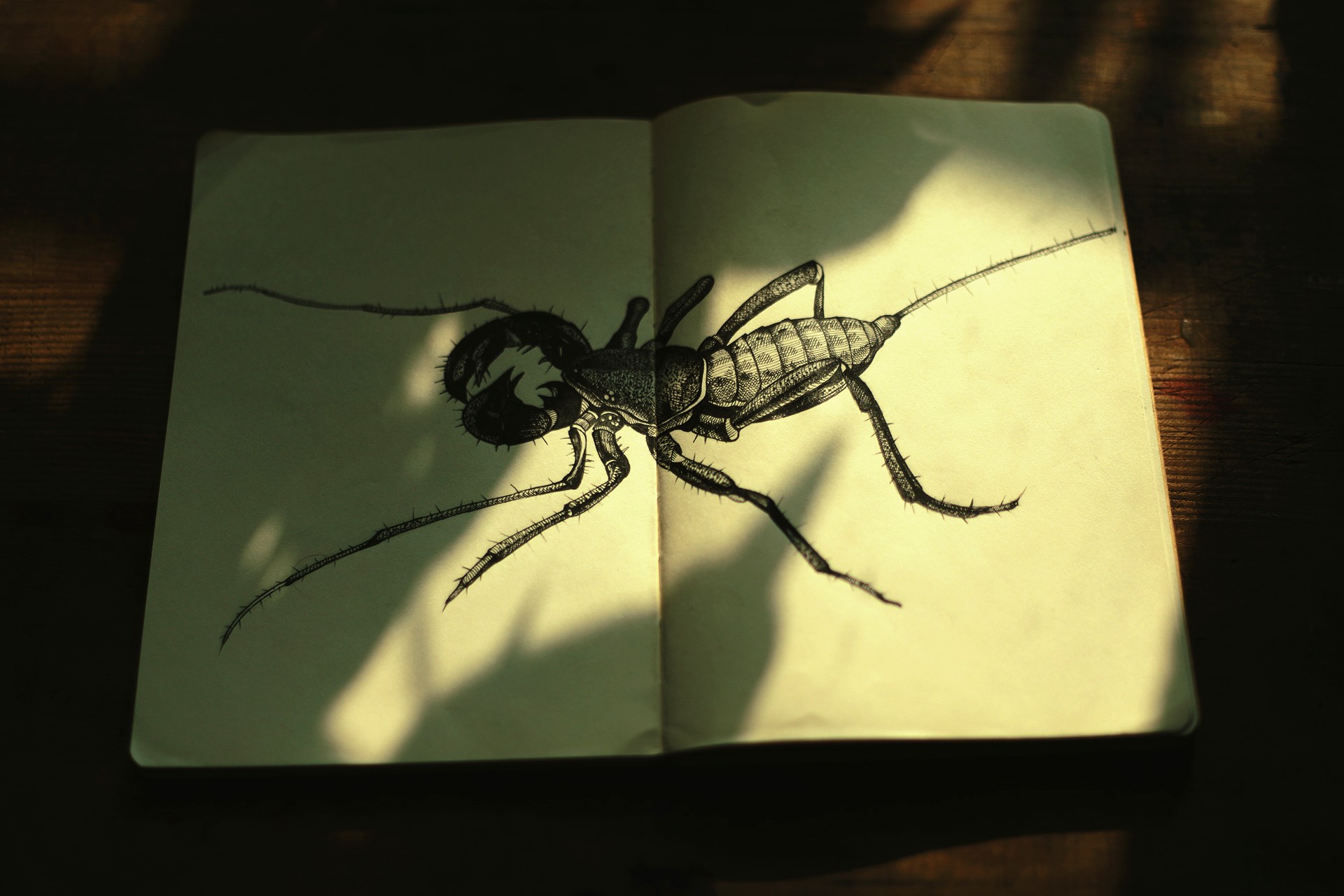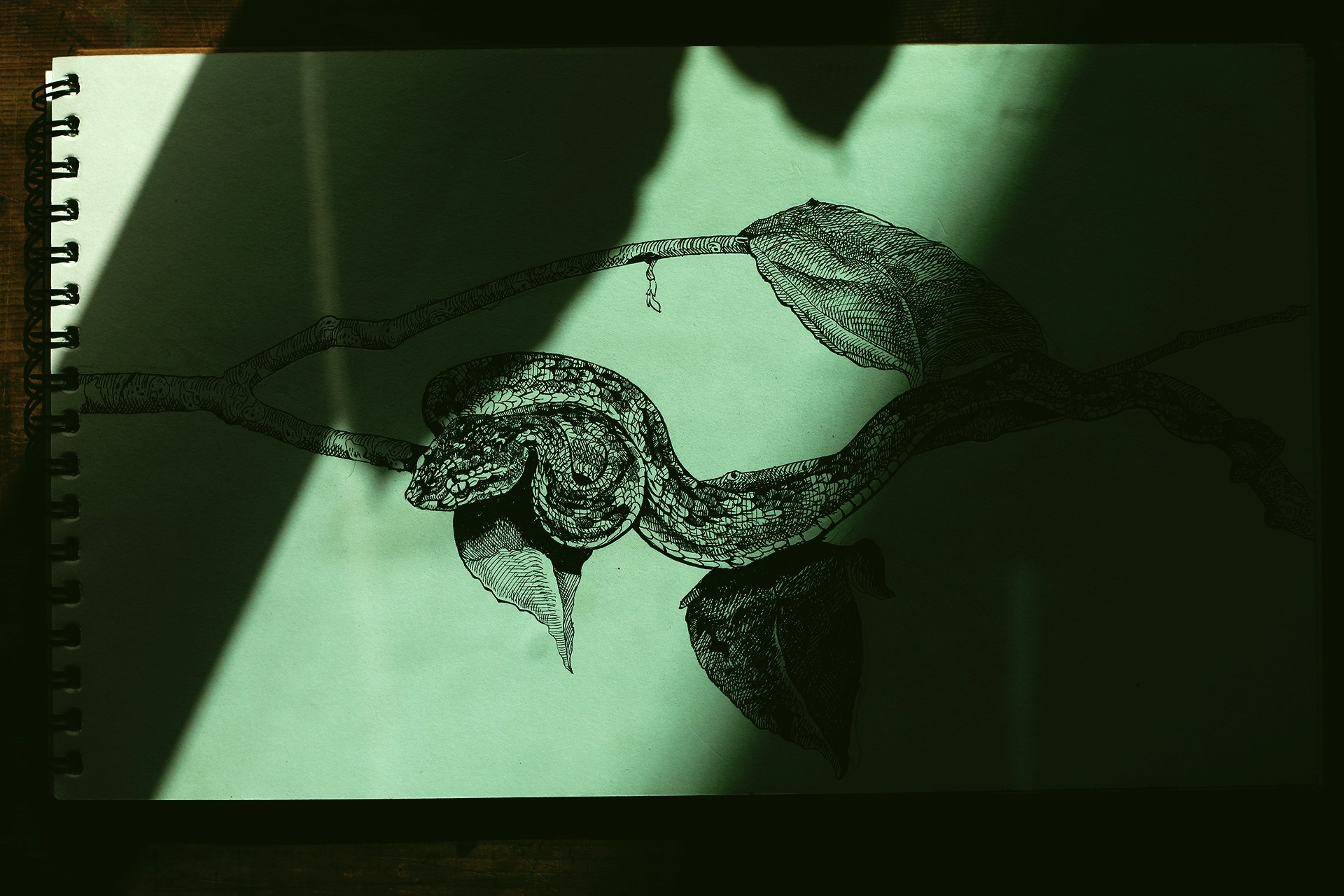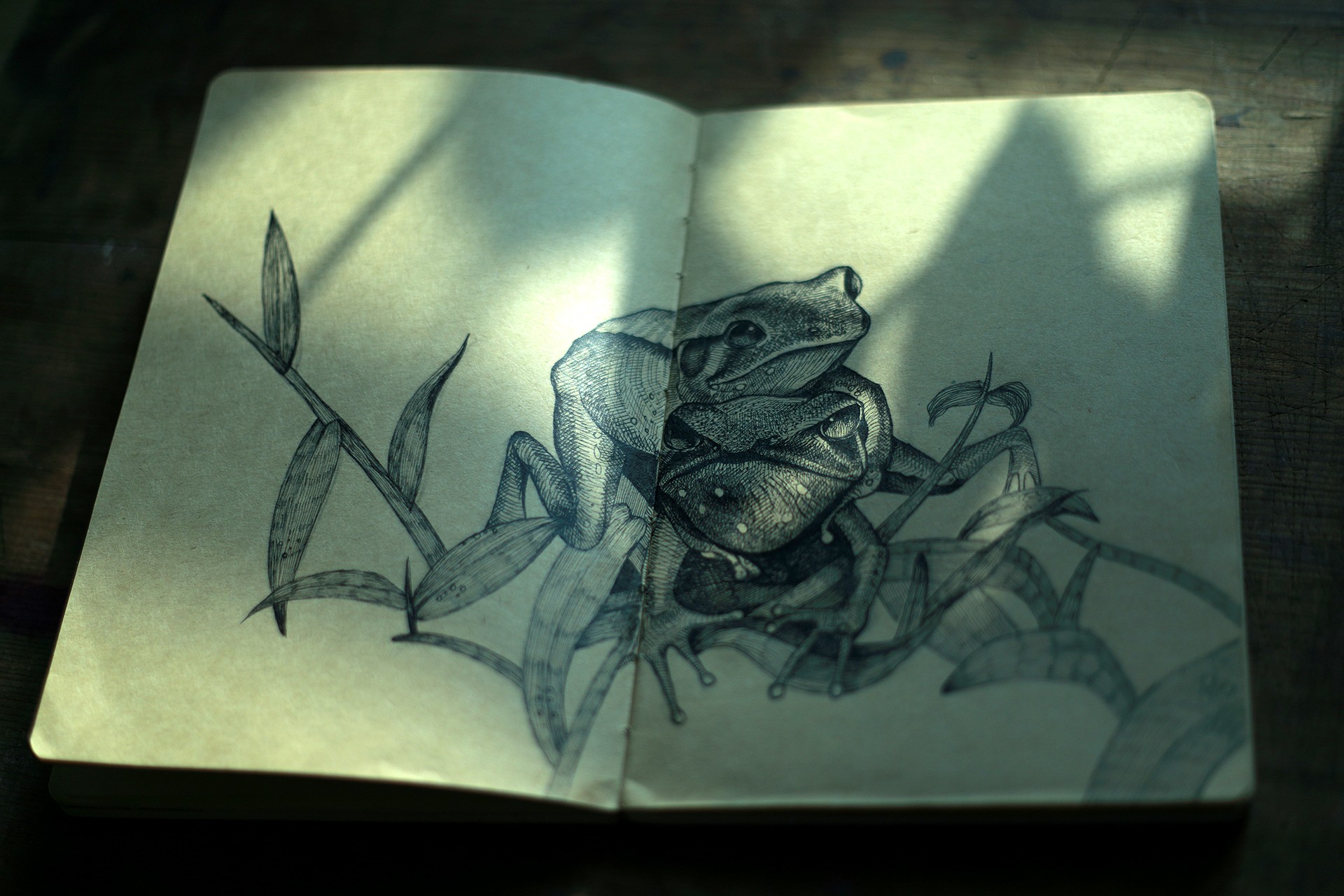Even as a child, I’d wanted to venture into deep forests. For years, I wanted to research the wonderful creatures of the jungle, especially snakes. Although I did not end up becoming a herpetologist (I turned out to be an artist and illustrator instead), I keep myself updated with knowledge about these animals, thanks to channels like Discovery and National Geographic, and of course, the encyclopaedias and magazines my dad got for me before there was the internet. For as long as I can remember, nature and wildlife have deeply inspired my art.
I live in the sprawling metropolis of Delhi, but I wanted to experience and observe nature first-hand. And closely, not in a jeep safari with dozens of tourists and cameras around. So when I heard about KCRE (the Kalinga Centre for Rainforest Ecology), nestled in the thick of the Western Ghats, I had to plan a trip there.
I read about it again and again and the more I read, the more I felt that there would be no better place to camp than KCRE. It’s a research centre that was founded by the well-known herpetologist, Gowri Shankar, in 2013. The camp site also holds regular workshops for aspiring snake rescuers, ecology students and reptile enthusiasts. It is located in Agumbe, which is known as the the Cherrapunji of South India, because it receives anywhere from 6000-8000mm of rainfall every year (just compare that to Delhi’s 600-700mm!). July is the peak of the monsoons at Agumbe, so of course that’s when I decided to go.
The drive to Agumbe from the nearest airport, Mangalore, was as beautiful as I had imagined, with lush green fields and moss-coated brick walls and trees all along the way. The traditional thatched houses reminded me of the illustrations from R.K.Narayan’s Malgudi Days. Although those stories were set in a fictional village, the TV series was filmed in Agumbe – I passed the exact location while crossing Agumbe, going towards Guddekeri, the village where KCRE is located.
Agumbe is a special gem of a place in the Western Ghats – a biodiversity hotspot within a biodiversity hotspot, as it were. The copious amounts of rain it receives nourishes all the living beings in the region, who are dependent on the rivers which originates from these forests.
In fact, it was raining even as we reached the centre.
My main aim for my time in Agumbe was to get inspiration for my nature-based illustrations, which I would combine later with my photographs or some other prints. But I also wanted to work on some detailed anatomical studies of these animals for illustrations.
Signs of life started showing up even within the dining hall where I first set down my bags. If I looked closely, there were dozen of spiders just around the table. Fungi were growing around the edges of one table foot. A crab tried to hide behind the shoes. Soon after, came my first encounter with the leeches (my constant companions for the five days I called KCRE home).
After a quick power nap in my tent, it was time to gear up in leech socks and gum boots. I had my t-shirt fully tucked in (to protect me from leeches), and an umbrella (to protect my camera gear). It rained continuously. There were breaks of maybe five minutes; sunlight was an illusion.
I didn’t have to venture too far to look for subjects for my illustrations. Living in the middle of a wet rainforest, I was just surrounded by known and unknown creatures, waiting to be discovered.
Even though I always have my camera with me, I usually carry a small sketchbook or a pocket notebook, along with a few drawing pens and colour pencils. I find it always helps to make quick doodles and compositions. Later, I take references from the photographs I have, so that I can add more details. Usually, a small (A5 or so) illustration on a moleskine sketchbook will take me around 2-3 days; larger sketches and illustrations take more time.
I could start by picking any small tree or a bush. If I hung around long enough, chances are I would see the complete food web in action – courting insects, a pair of vine snakes competing for prey, new lizard hatchlings, bush frogs making mating calls – in short, signs of so much life. At the end of the day, this is a game of patience. The longer you wait and the more you look, the more your eyes will get trained at spotting and observing the behaviour of these beautiful creatures.
Moving farther, towards the pond, still within the boundaries of the centre, I came across a stream running alongside. This was another great place to spot dragonflies, damselflies, various spiders and of course, frogs – Amboli Bush Frogs, Blue-eyed Bush Frogs, Malabar Gliding Frogs, and many more than I can name. Going beyond that, I ventured towards the jungle trails too – truly a dreamlike experience if you love nature brimming with life. This, then, was my daily routine.
The days I spent at KCRE were incredibly engaging, but the night walks were absolutely thrilling. Once the sun set, I would gear up for another adventure, with headlights, torches, my raincoat and gumboots. The trail was pitch dark. I can’t even think of going out in Delhi for a walk like this after 10pm – after all, I am more afraid of humans than animals. But in Agumbe, I couldn’t think of anything but the possibility of finding something new even with so much rain and darkness. Walking along the trail was a wonderful opportunity to observe the nocturnal life of animals, especially snakes such as pit vipers. Lot of amphibians are active in the dark as well. I wasn’t lucky enough to encounter the rare caecilians, though. But on the third night, I did see bioluminescent fungi, which looks like something right out of a fairy tale.
Back in my tent, enveloped again in complete darkness, I was surrounded by the sounds of rain, crickets and cicadas. It may be a trying experience at first, to be bereft of a phone and all the other virtual entanglements we are so used to in our daily life. But sleep would eventually come to me, and in the morning, I would wake to a beautiful view through the window of my tent.
